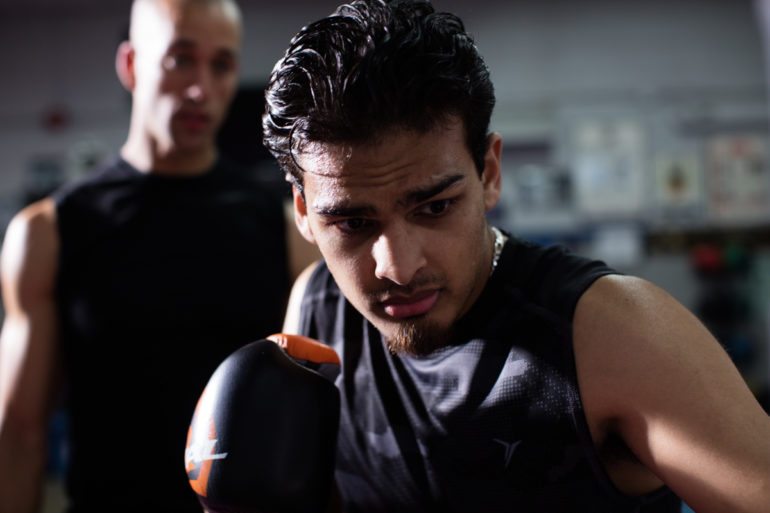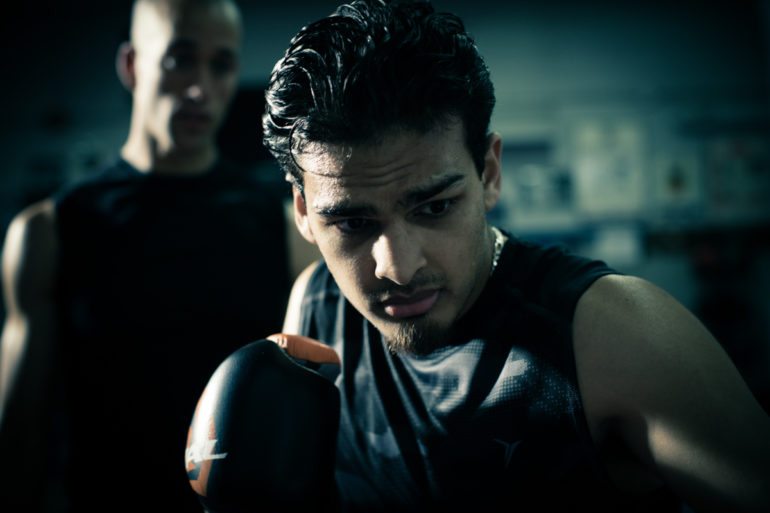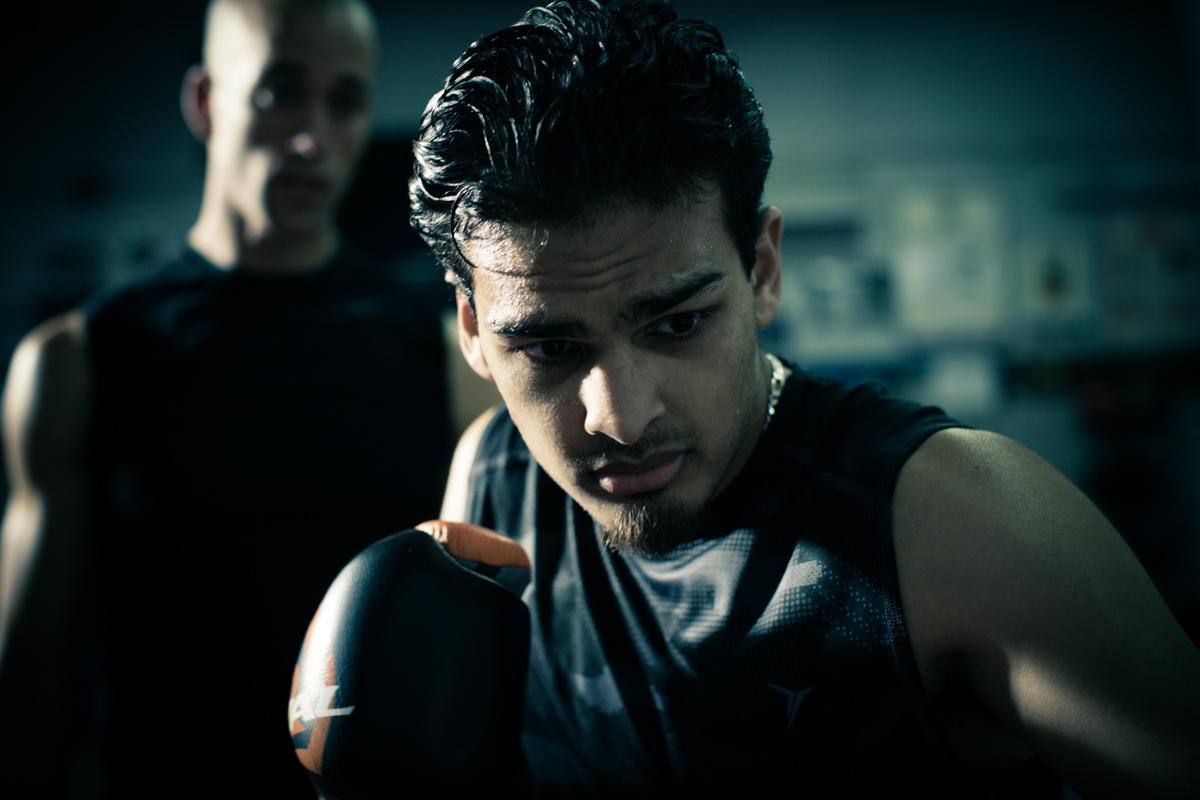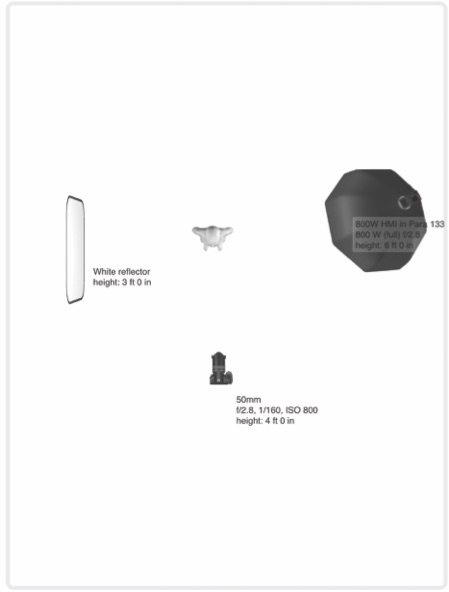Creating the Photograph is an original series where photographers teach you about how they concepted an image, shot it, and edited it. The series has a heavy emphasis on teaching readers how to light. Want to be featured? Email chrisgampat[at]thephoblographer[dot]com.
Photographer Dan Bannister has been featured on this site a number of times but most notably with the Blacksmiths. His work has evolved and more clients ask him to shoot video in addition to stills. And so the idea behind “the boxer” is an interesting one. “Walking into a set and shooting stills of what you see when it’s been lit for motion can be a real challenge, especially when the client needs the stills at F11,” says Dan.
And so Dan tells us about how he tackled the challenge.
The Concept
Almost every job I do now comes with some variation of the request “Can you shoot video too?” It’s driven partly by technology (the fact that still cameras now do video pretty well), and the fact that the platforms on which many brands are advertising (social media, online etc) have a huge focus on motion content. As a result, clients are asking for both still and motion on most shoots. It’s not always possible for a whole bunch of reasons (technical and practical) but, if they follow a few key rules and partner with the right content producer, the results can be really great.
As my career has evolved, I’ve become much less interested in the particulars of equipment and more interested in the final results,and I’m very particular about the quality and style of light I use. When you boil it down, both photography and motion is about telling stories with light, so I put a lot of thought into how projects get lit. One of the biggest obstacles to converging stills and motion is that it takes a lot of pre-planning to be able to use the same lighting for both stills and motion. Moving pictures don’t require as much light in general as a stills shoot does. Walking into a set and shooting stills of what you see when it’s been lit for motion can be a real challenge, especially when the client needs the stills at F11.
The other issue that comes up is that motion light is a lot more forgiving. Your eye can rest on a still image for a long time and that’s when things like harsh light, hard shadows, color shifts, and exposure issues become obvious. In a broad sense, lighting for stills has to be softer and more controllable. With motion, the images are moving and these issues are less obvious because the viewer is usually following a story and less focused on the details of the visuals in a micro sense.
The Gear
– Broncolor Para 133 with 800W HMI
– Video on Blackmagic 4K with Canon 16-35
– Stills on Canon 5DSR with 24-70mm
The Shoot
Dan Bannister shoots “The Boxer” using the Broncolor Para 133 and HMI800 from Dan Bannister on Vimeo.
On a recent project for a sports drink company I was asked to create both stills and motion content to tell the story of a boxer. Since the task was both stills and video, and the subject and locations were more moody and dark, we decided a Para/HMI combo would be perfect in terms of ease of use and setup, and deliver the punch I needed in a dark room. We only used one Para for the whole shoot and alternated between a couple different HMI’s before landing almost exclusively on an 800 watt head. We were able to easily move the light around and adjust it to create the moody feel we were looking for in the final output.
The image we’re talking about was shot with the stills camera using the above lighting combo. I shot the motion portion of this scene with a 4K motion camera and then brought in the stills camera to shoot this image. This is the raw capture. The light coming from camera left is nicely hitting the important elements of the scene such as the boxer, the glove, and the trainer in the background and then falls off around the eyes to create a nice dark mood that fits the subject, location, and mood we wanted to create.
Post Production
Below is the final image with retouching which is pretty minimal. The color was shifted to a greenish cast to add drama and some vignette and shadow was brought in to add even more drama and direct the eye to the subject. The final images is meant to be gritty and dramatic and to evoke a sense of determination and rawness.
The footage was also given a slight greenish cast and some darker, grittier contrast in post to add drama and focus on the subjects.
Before/After





